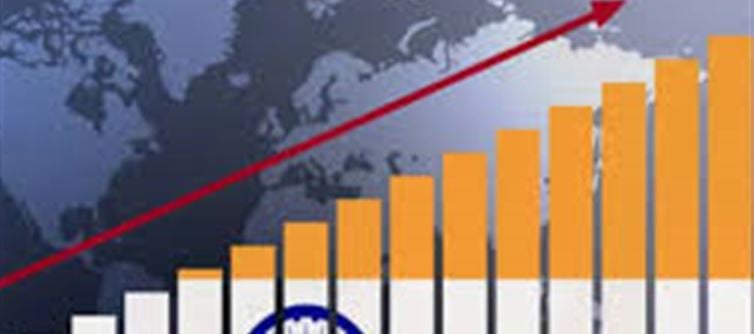Amid the turmoil caused by global uncertainties and US tariffs, there is a 'good news' for India. According to a report by EY,
india can become the second largest economy by the year 2038 with an estimated gross domestic product (GDP) of US $ 34.2 trillion in terms of purchasing power parity (PPP). Let us tell you that EY's report is based on the estimates made by the
international Monetary Fund (IMF).
This is India's biggest strength
The report also revealed that India's biggest strength is its population. India's average age is just 28.8 years in 2025.
india is also second in the world in terms of savings rate. The government's debt-GDP ratio is estimated to fall from 81.3 percent in 2024 to 75.8 percent by 2030, while the debt level is increasing in its counterpart countries.
This ratio shows how much debt a country has compared to its annual production and how much capacity it has to repay this debt. This shows the economic condition of a country. An IMF report also claims that India's economy can reach 20.7 trillion US dollars by 2030.
What is the condition of
china, America and Japan?
According to the report, by 2030,
china will remain at the forefront with its estimated 42.2 trillion US dollars economy on PPP mode. However,
china also faces two challenges - its increasing
population and increasing debt pressure.
America has definitely remained strong in this matter, but it is also facing 120 percent more debt than its GDP and slow growth rate. The situation of
germany and
japan may be better, but the number of middle-aged
people here is high and their dependence on global trade is very high.
In contrast,
india has the largest
youth population, growing domestic demand and a balance between GDP and debt, which is most important for its long term growth.
How much will the tariffs affect?
The 50 percent tariff imposed by the US on
india has come into effect from yesterday. This includes a 25 percent baseline tariff and a 25 percent penalty imposed on the purchase of crude
oil from Russia. Regarding this, EY said, the US tariffs can affect India's GDP by about 0.9 percent. However, due to strong domestic demand, furthering trading partnerships and finding many more ways to export, its impact on GDP can be limited to only 0.1.






















